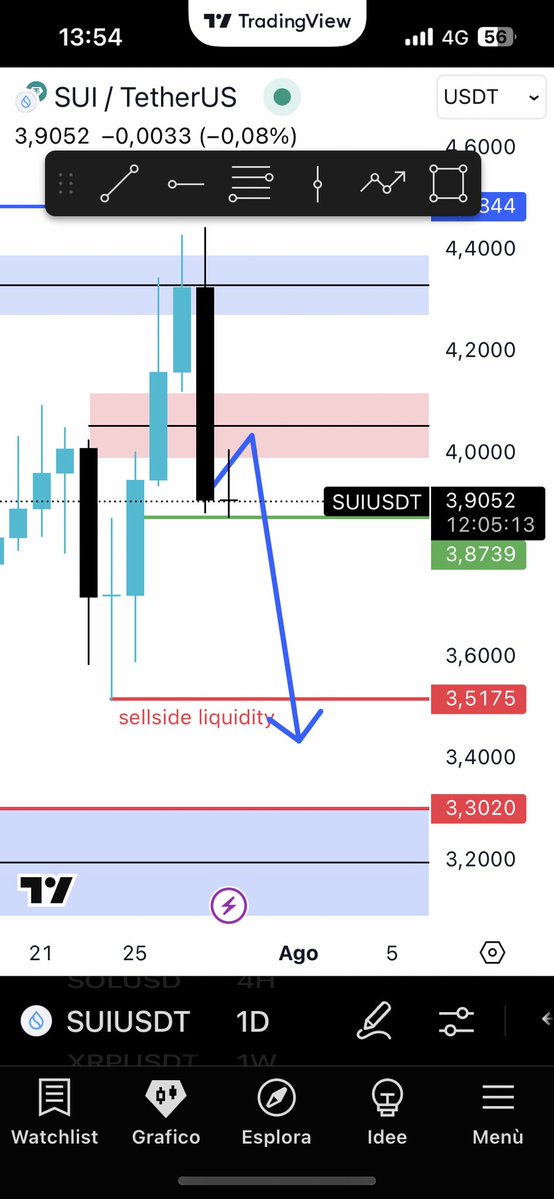Bitcoin’s Market Dynamics and the Potential for a Crash
The Rise of Bitcoin and Its Market Influence
In the realm of finance, few innovations have captured the public imagination quite like Bitcoin. Introduced in 2009, Bitcoin emerged as the first decentralized cryptocurrency, promising a world where money is not controlled by banks or governments but by a decentralized network of users. This revolutionary concept has seen Bitcoin’s market price soar from a mere fraction of a cent to an all-time high of over $68,000 in 2021. As of 2025, Bitcoin stands at a pivotal point, raising questions about its potential for a market crash. To understand this, we need to explore the factors driving Bitcoin’s price, the role of artificial intelligence in cryptocurrency trading, and the signs of a potential market downturn.
Factors Driving Bitcoin’s Market Price
Supply and Demand
Bitcoin’s price is primarily driven by supply and demand dynamics. Unlike traditional currencies, Bitcoin has a fixed supply cap of 21 million coins, making it a scarce asset. This scarcity, combined with increasing demand, has historically driven up its price. However, demand can be volatile, influenced by factors such as regulatory changes, market sentiment, and technological advancements.
Market Sentiment and Speculation
Market sentiment plays a crucial role in Bitcoin’s price movements. Positive news, such as institutional adoption or regulatory approvals, can boost prices, while negative news can lead to sell-offs. Speculation also drives significant price volatility, with traders often buying and selling based on perceived trends and future price expectations.
Technological Developments
Technological advancements in the Bitcoin network, such as the Lightning Network for faster and cheaper transactions, can enhance its utility and attract more users, potentially driving up its price. Conversely, technological setbacks or security breaches can have the opposite effect.
The Role of Artificial Intelligence in Cryptocurrency Trading
AI-Driven Market Analysis
Artificial intelligence has revolutionized cryptocurrency trading, enabling more accurate and efficient market analysis. AI algorithms can process vast amounts of data, identify patterns, and make predictions about price movements. For instance, the EGOS team collaborates with SPACE AI’s artificial intelligence to enhance cryptocurrency trading efficiency and accuracy[2]. These tools can help traders make informed decisions, reducing the impact of emotional trading and increasing profitability.
AI-Powered Portfolio Management
AI-powered tools like DeCenter AI are transforming cryptocurrency portfolio management. These tools provide advanced market trend analysis and portfolio optimization, helping investors make better decisions. For example, DeCenter AI is an AI-powered Telegram bot designed to transform cryptocurrency portfolio management and market trend analysis[REF]4,5[/REF].
Signs of a Potential Market Crash
Market Volatility
The cryptocurrency market is notorious for its volatility, with Bitcoin often experiencing significant price swings. Recent volatility has raised concerns about a potential bear market, a period marked by sustained price declines and weakening investor confidence. For example, the market has seen notable volatility, raising concerns about whether we’re entering a bear market[6].
Regulatory Uncertainty
Regulatory uncertainty is another factor that could lead to a market crash. Governments worldwide are grappling with how to regulate cryptocurrencies, with some adopting restrictive measures. Uncertainty about future regulations can deter investors, leading to sell-offs and price declines.
Economic Factors
Economic factors, such as inflation and interest rates, can also impact Bitcoin’s price. For instance, rising inflation can make Bitcoin an attractive hedge, driving up its price. Conversely, rising interest rates can make traditional investments more appealing, leading to a sell-off in cryptocurrencies.
Preparing for a Potential Market Crash
Diversification
Diversification is a key strategy for mitigating the risk of a market crash. Investors should consider spreading their investments across different cryptocurrencies and asset classes to reduce the impact of a price decline in any single asset.
Risk Management
Effective risk management is crucial for navigating a potential market crash. This includes setting stop-loss orders, limiting leverage, and avoiding emotional trading decisions. AI tools can help in this regard, providing data-driven insights and automated trading strategies.
Staying Informed
Staying informed about market trends and developments is essential for making informed investment decisions. Subscribing to reliable sources of cryptocurrency market insights, such as IT Tech[3], can help investors stay ahead of the trends and prepare for potential market movements.
Conclusion: Navigating the Future of Bitcoin
The future of Bitcoin is uncertain, but one thing is clear: it continues to captivate the world with its potential to revolutionize the financial landscape. As we navigate the potential for a market crash, it is essential to adopt strategies such as diversification, risk management, and staying informed. By doing so, investors can better prepare for the uncertainties of the cryptocurrency market and make informed decisions.
The dynamics of Bitcoin’s market are complex and ever-evolving. As we move forward, it will be fascinating to see how these factors play out and shape the future of digital currencies. Whether Bitcoin continues its meteoric rise or faces a significant downturn, its impact on the financial world is undeniable. The journey of Bitcoin is far from over, and the lessons learned from its market dynamics will continue to influence the broader financial landscape.
References





